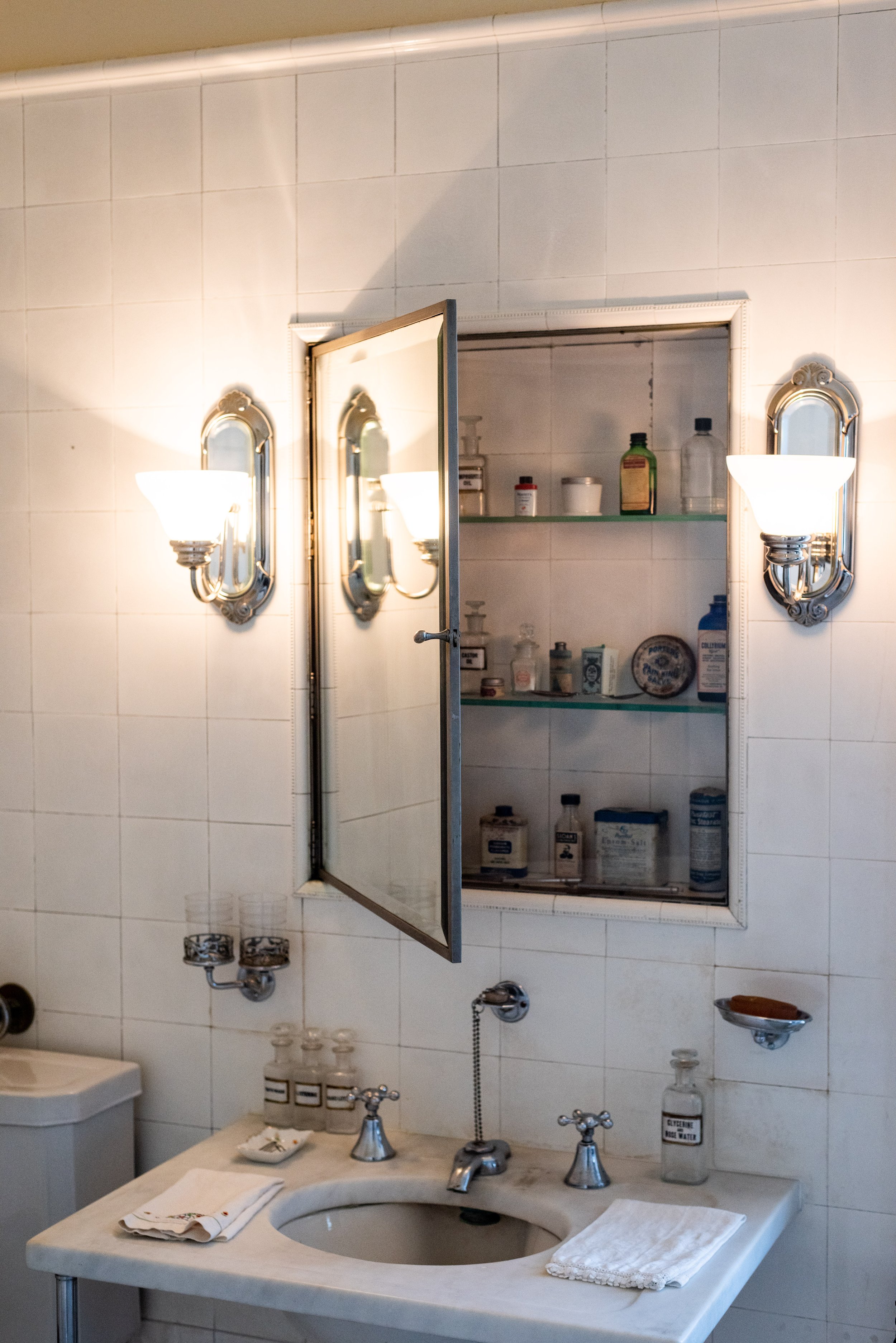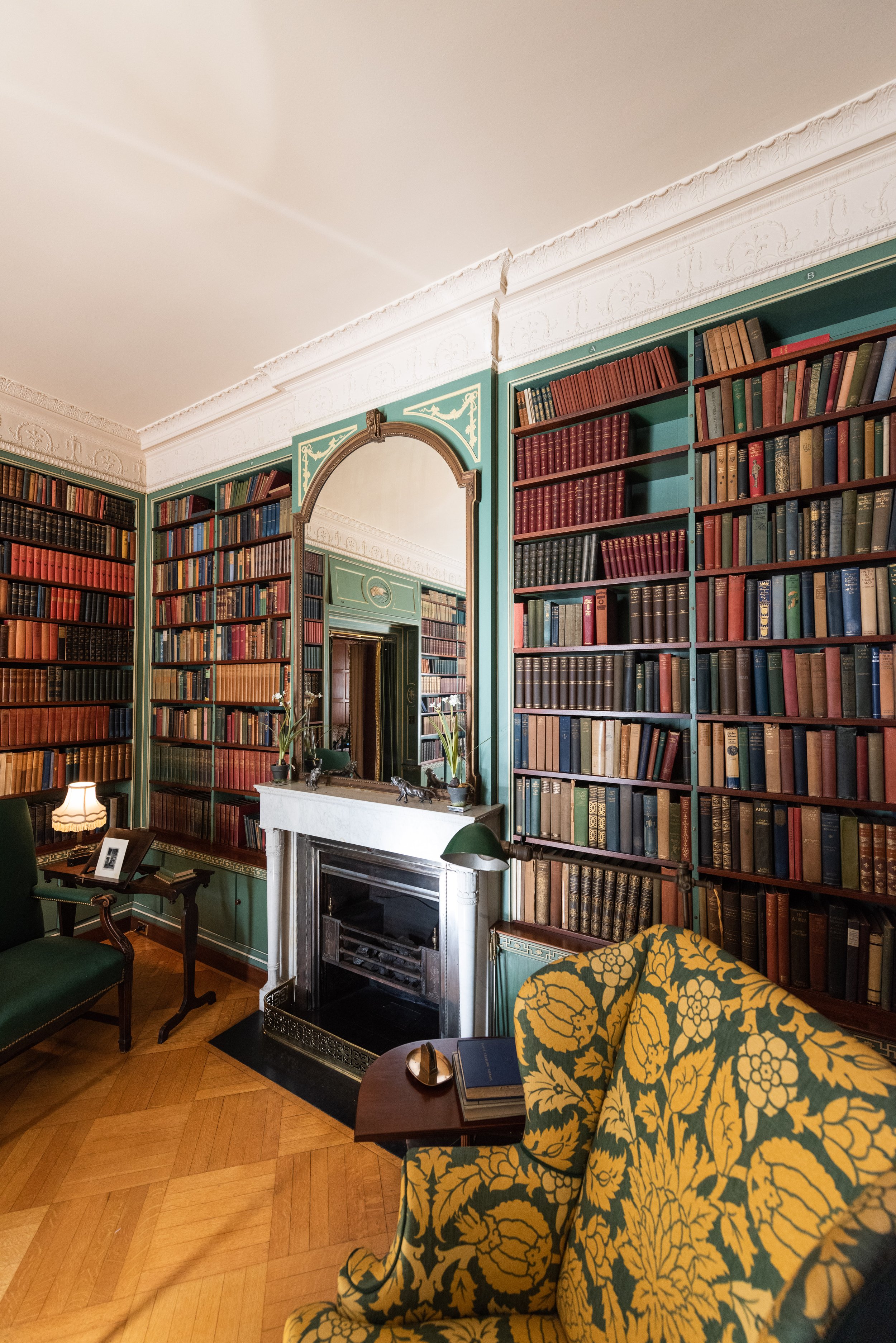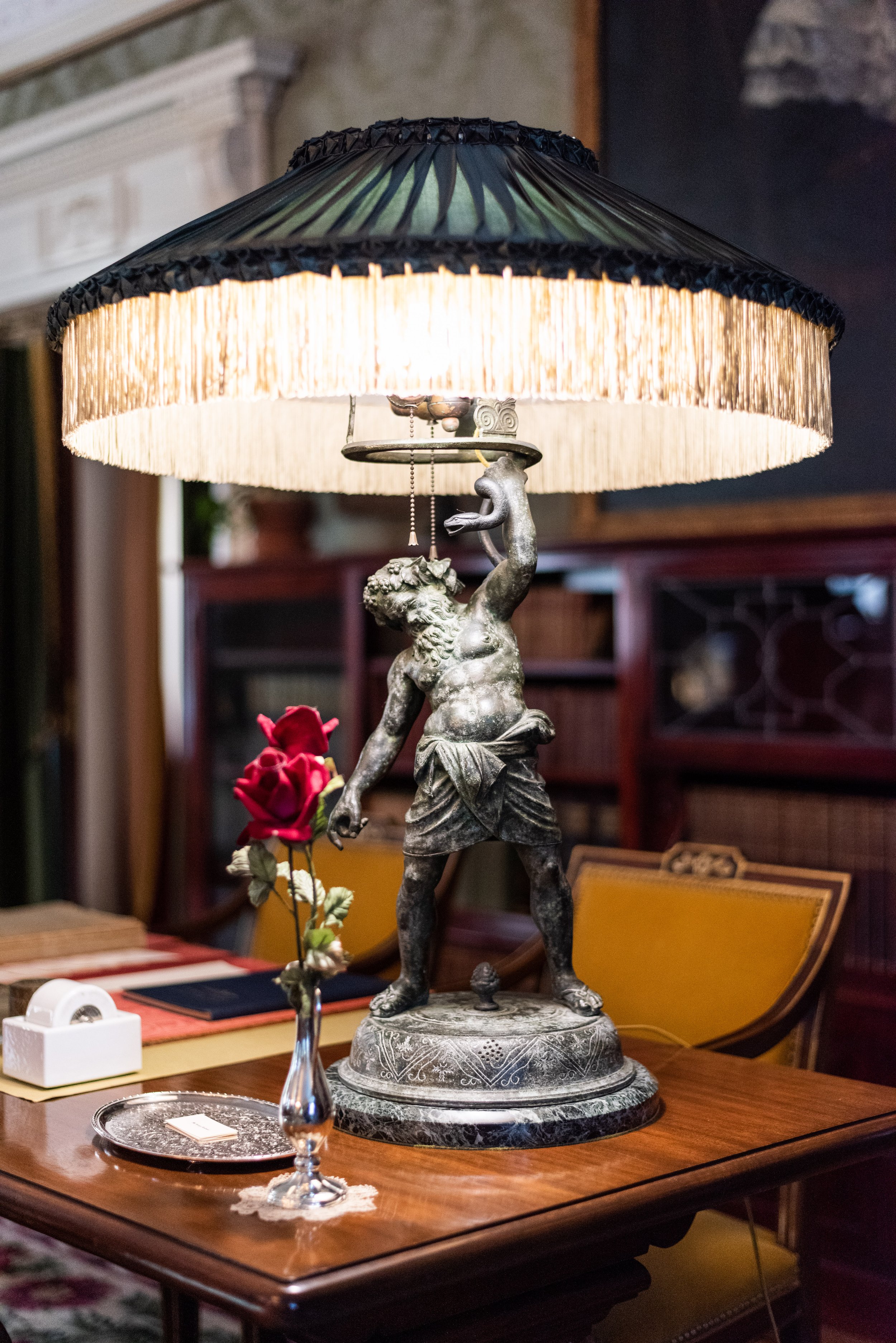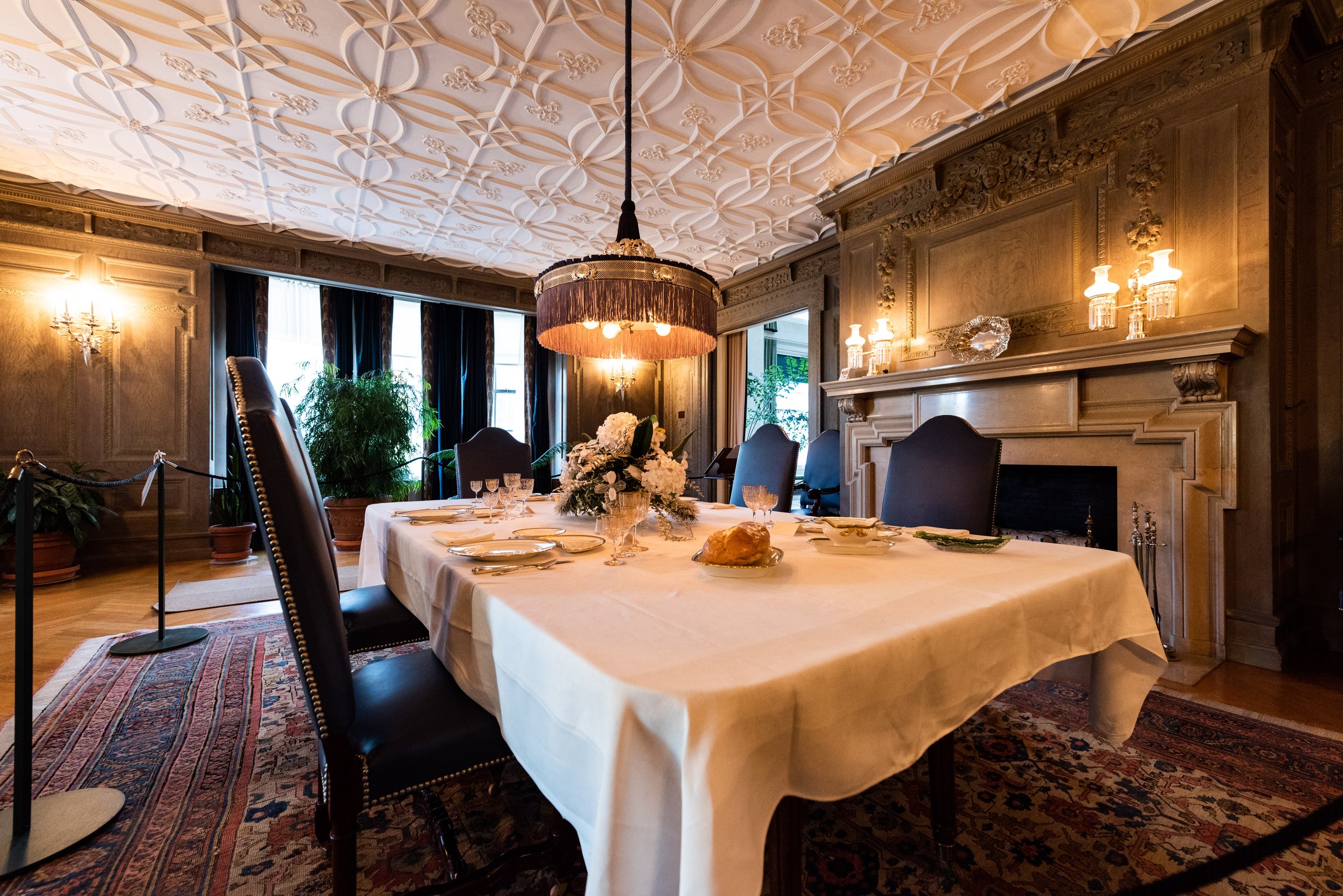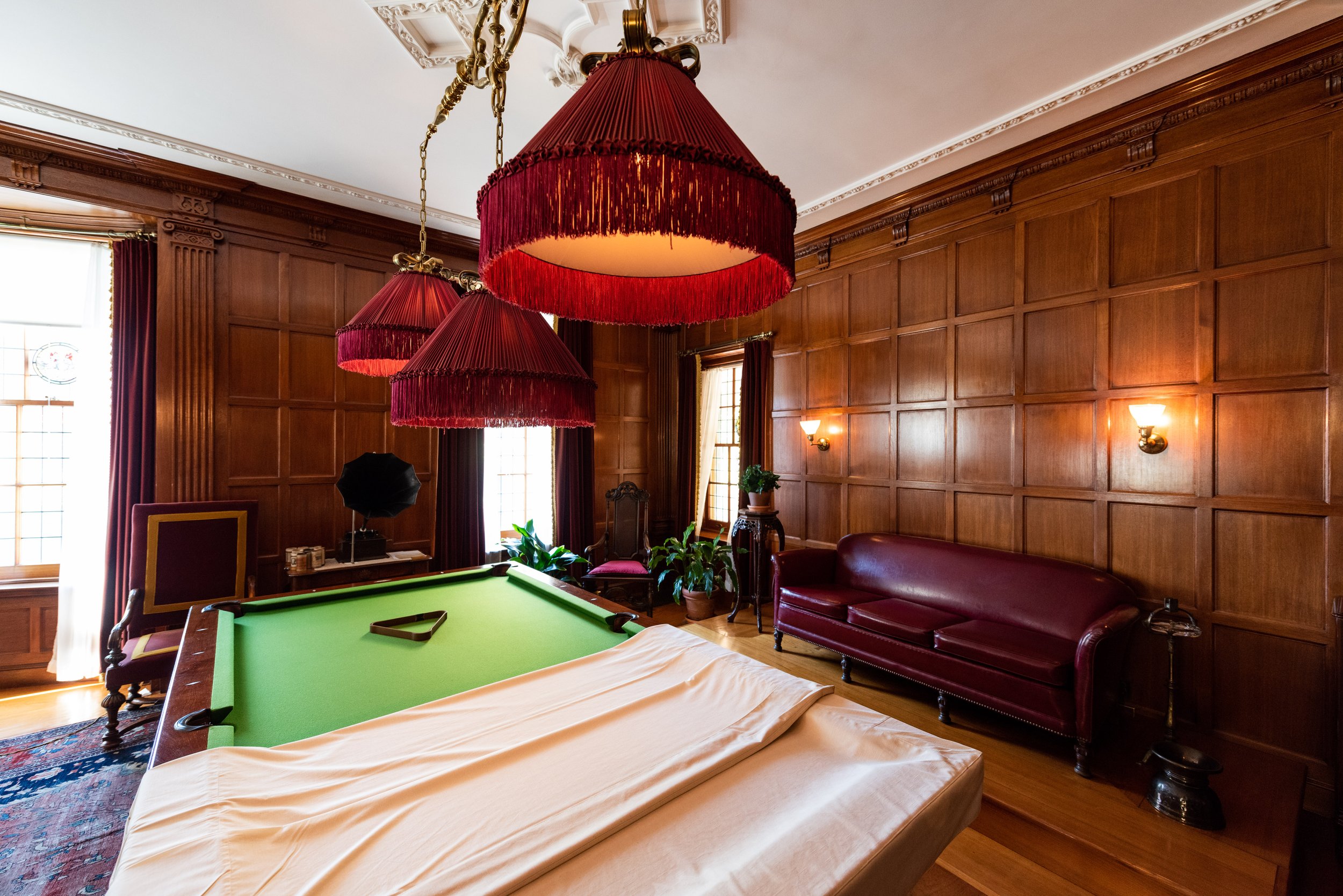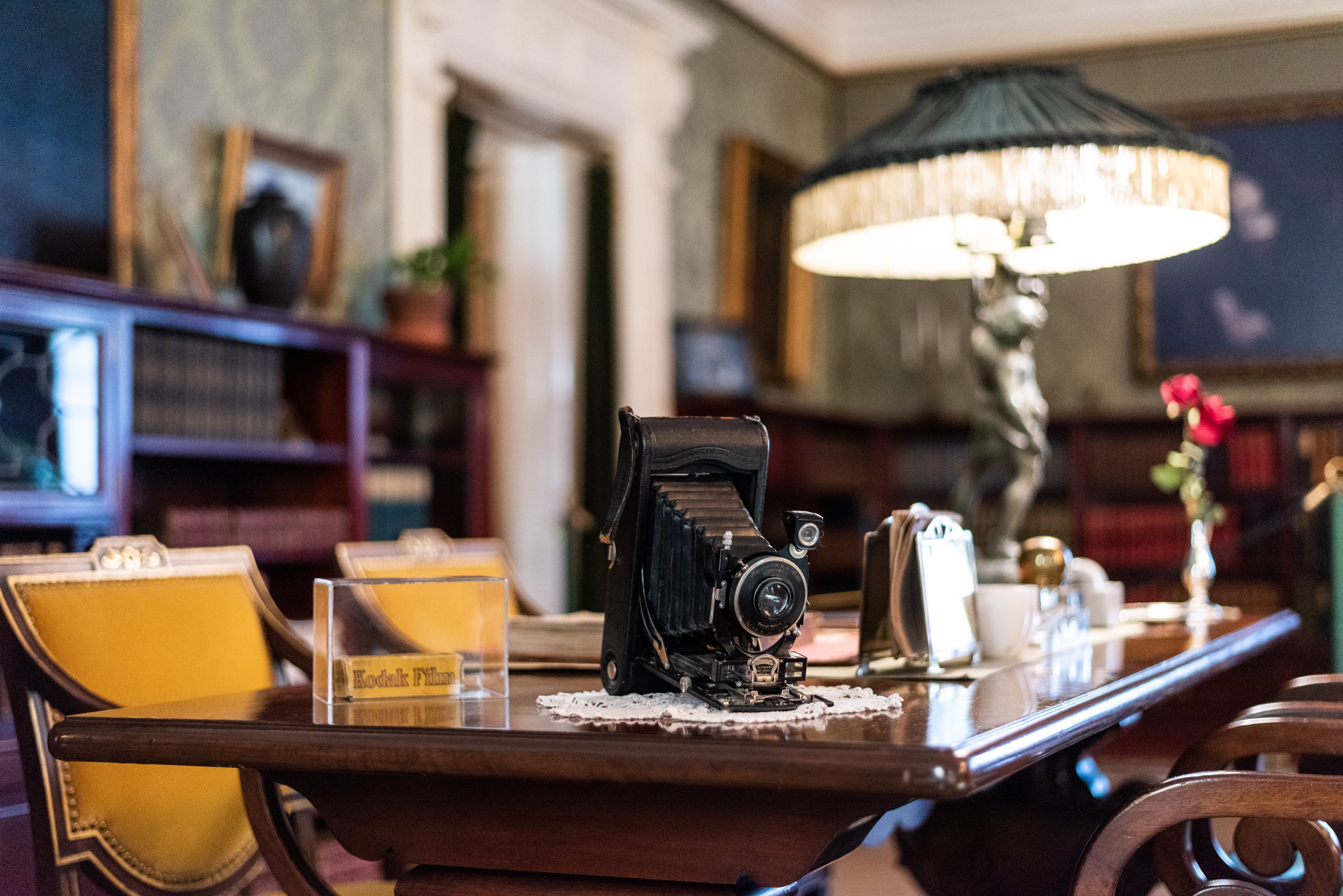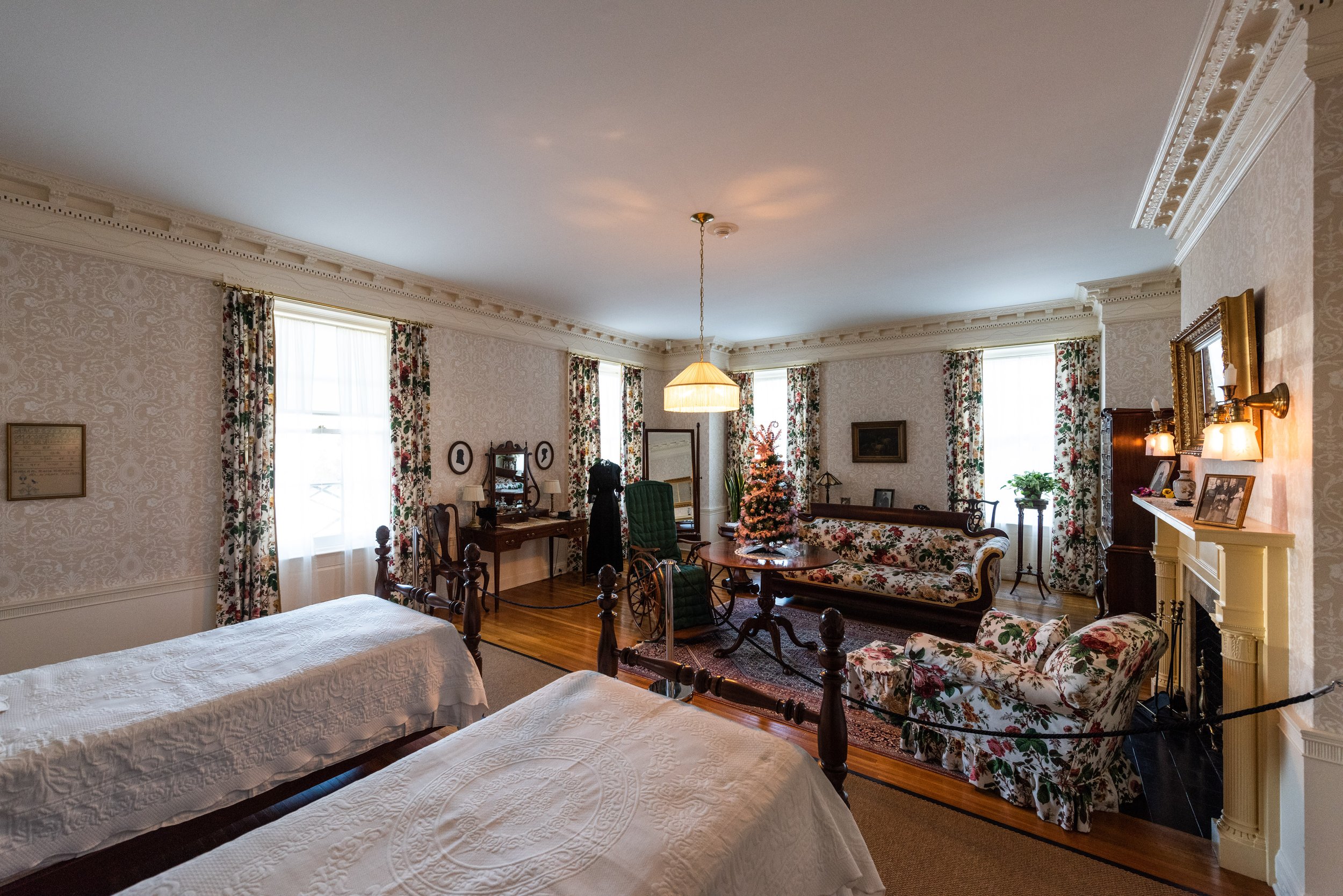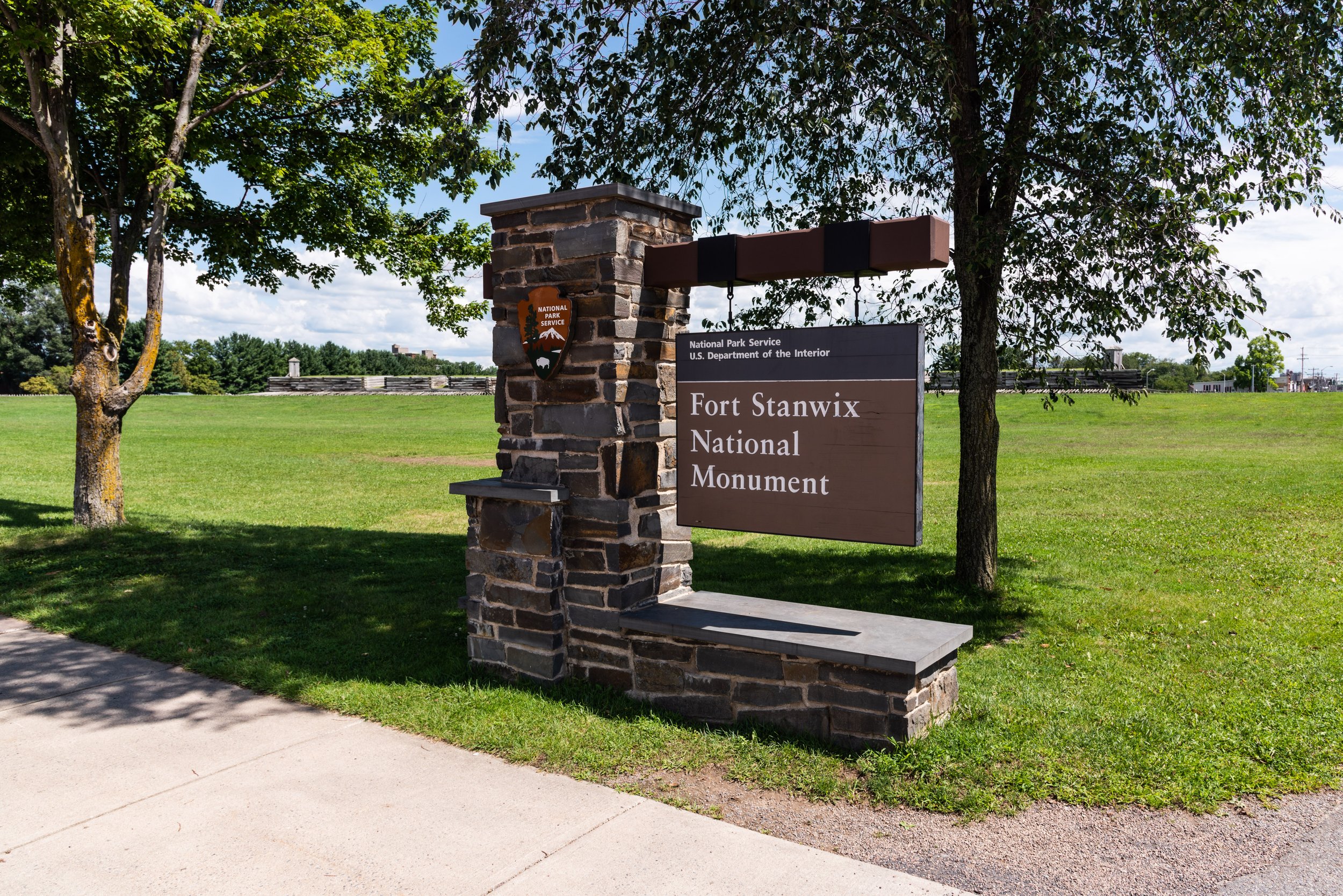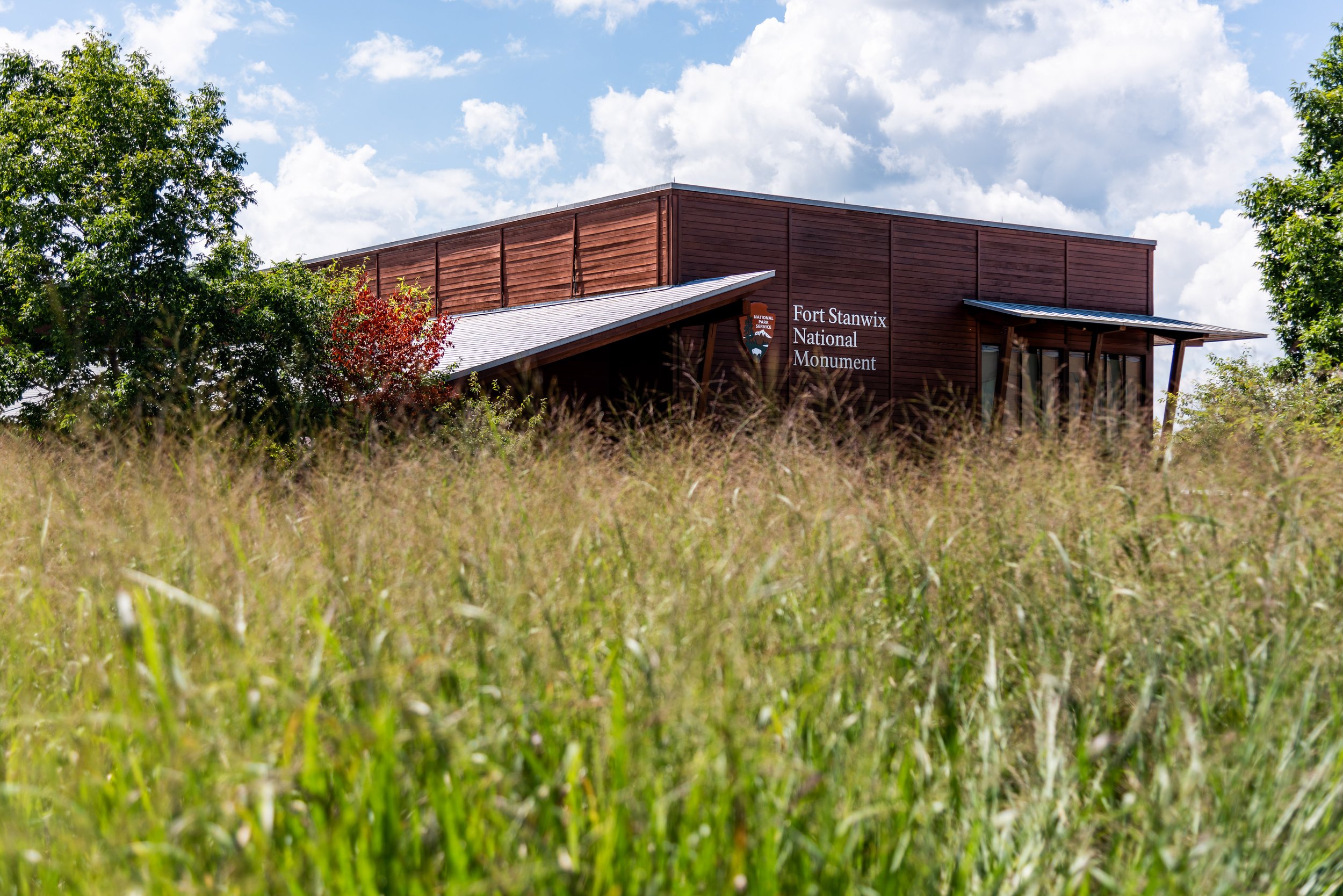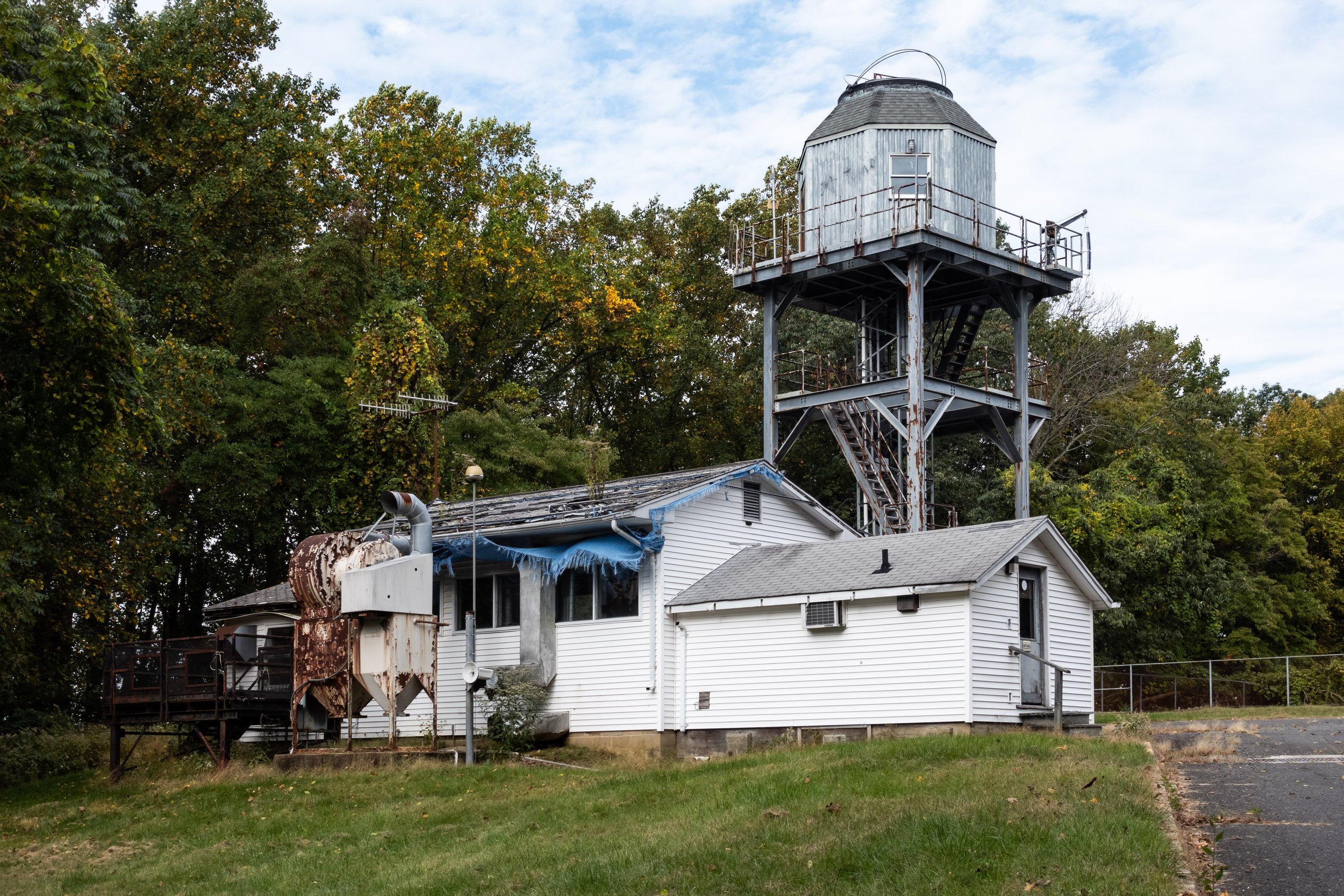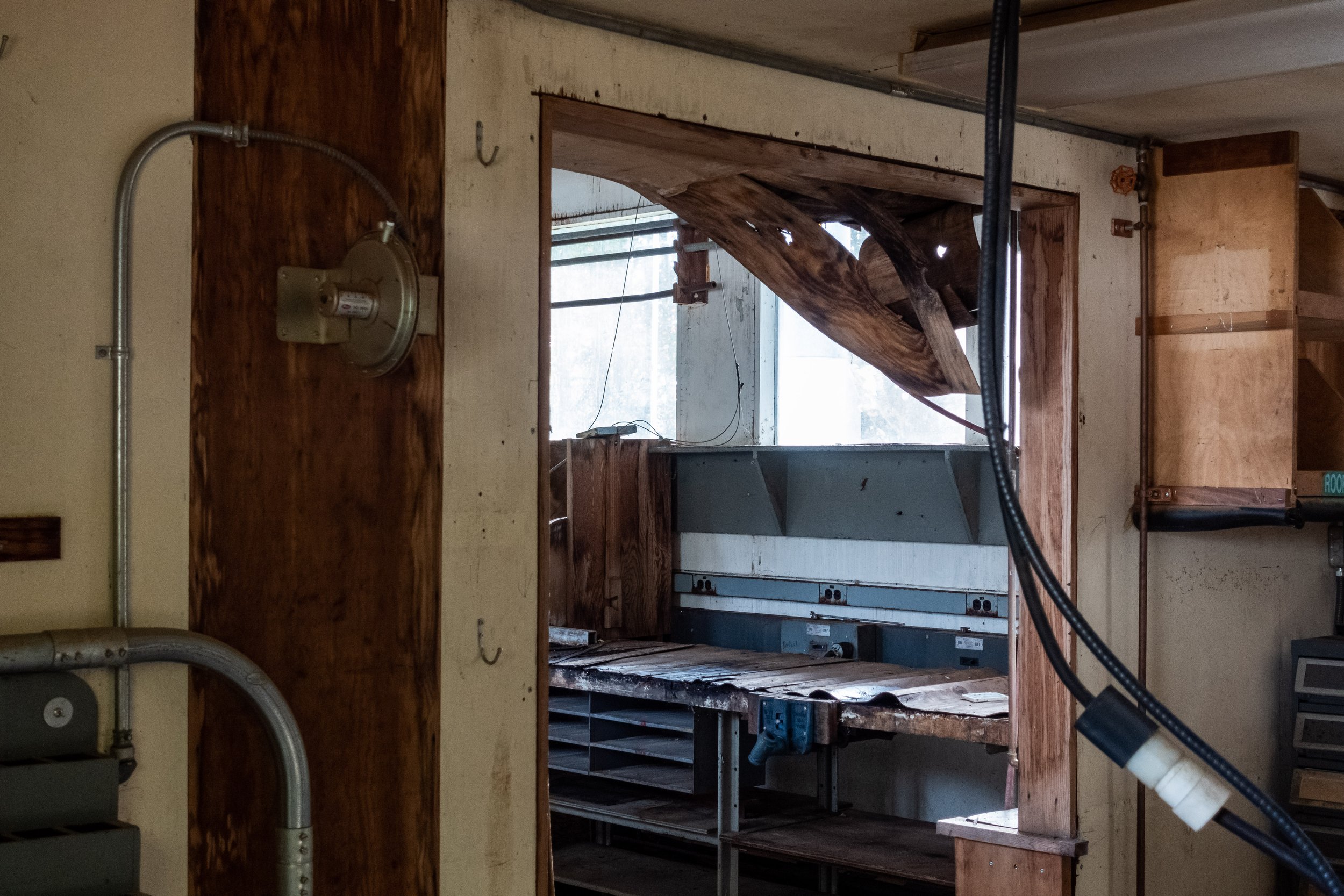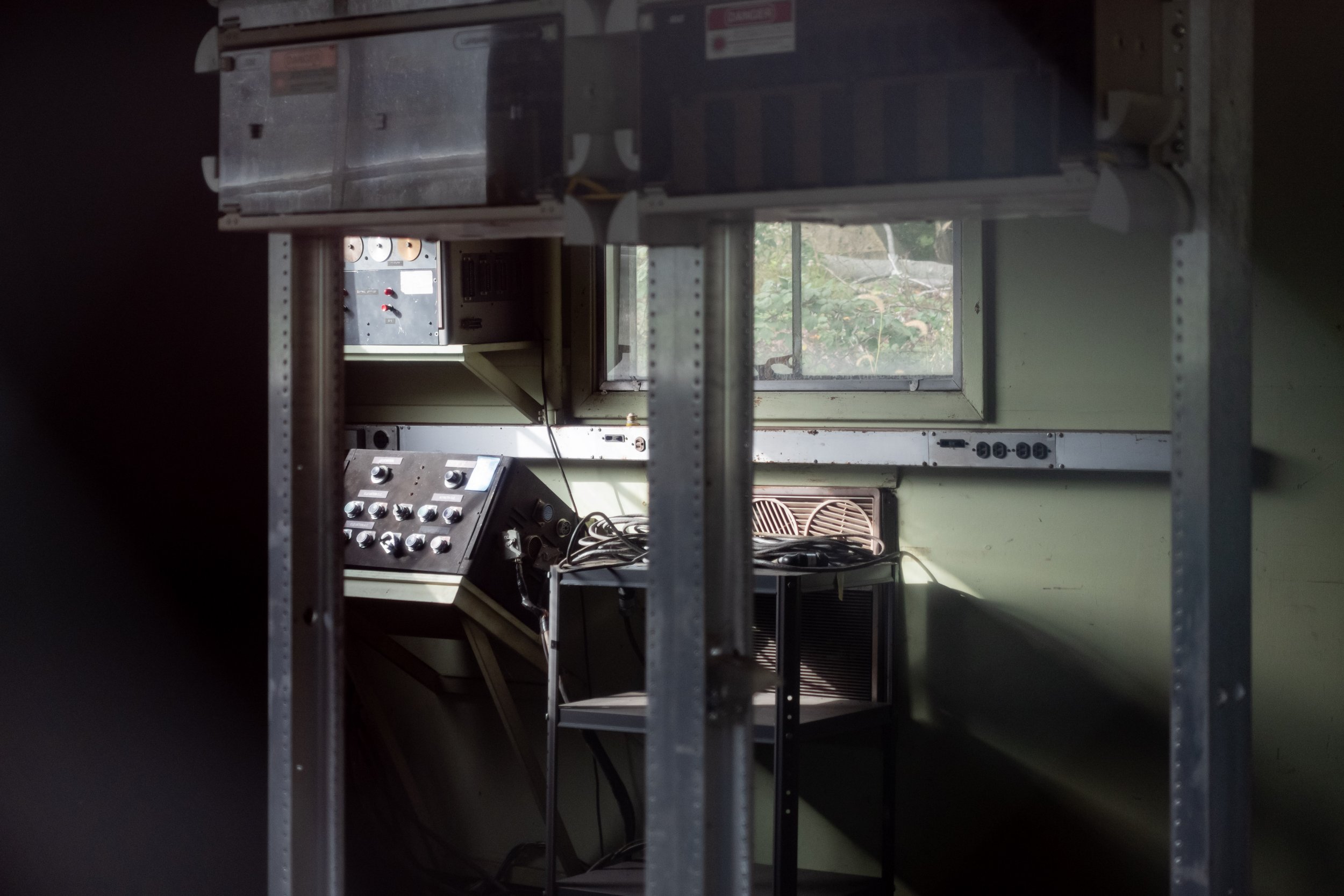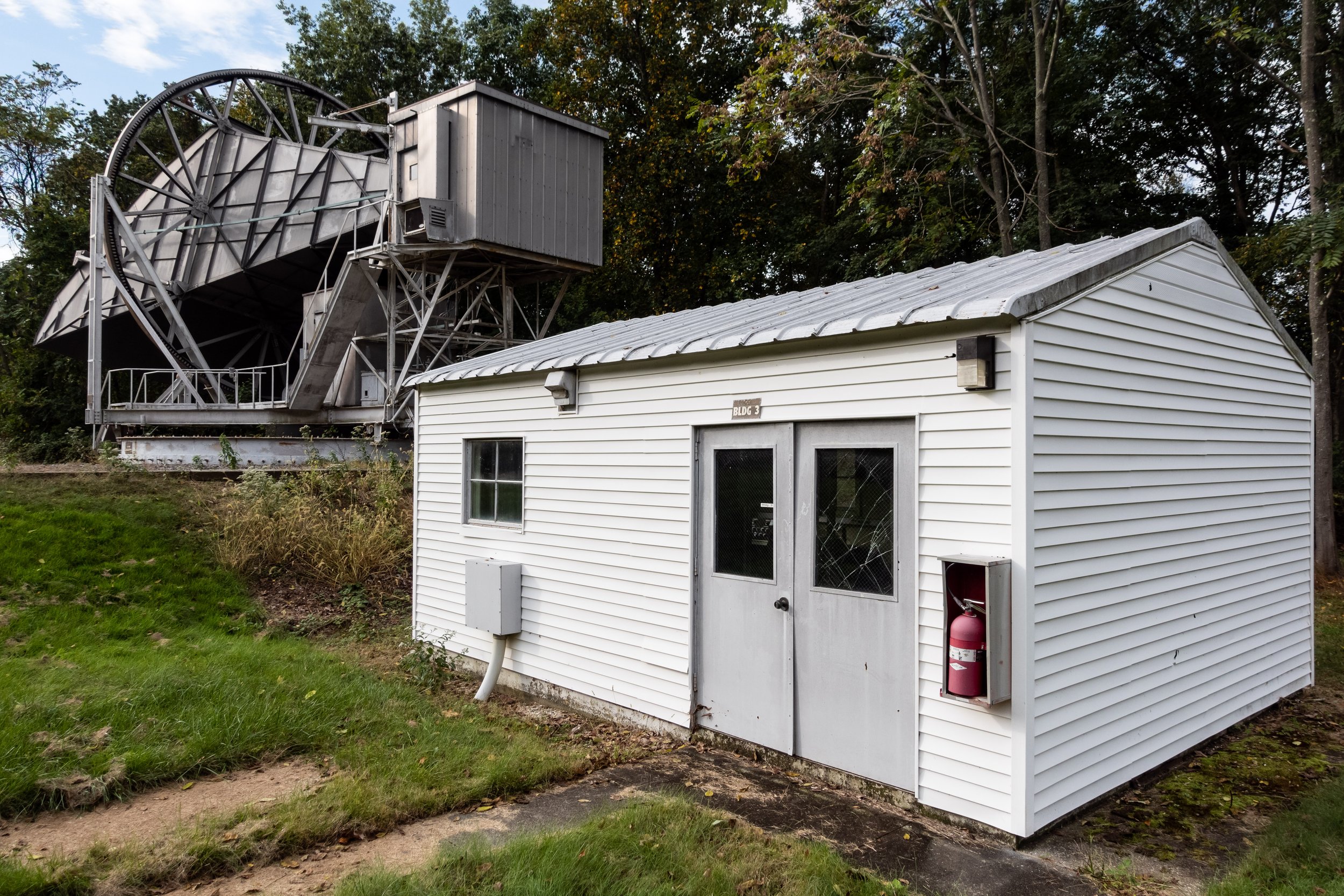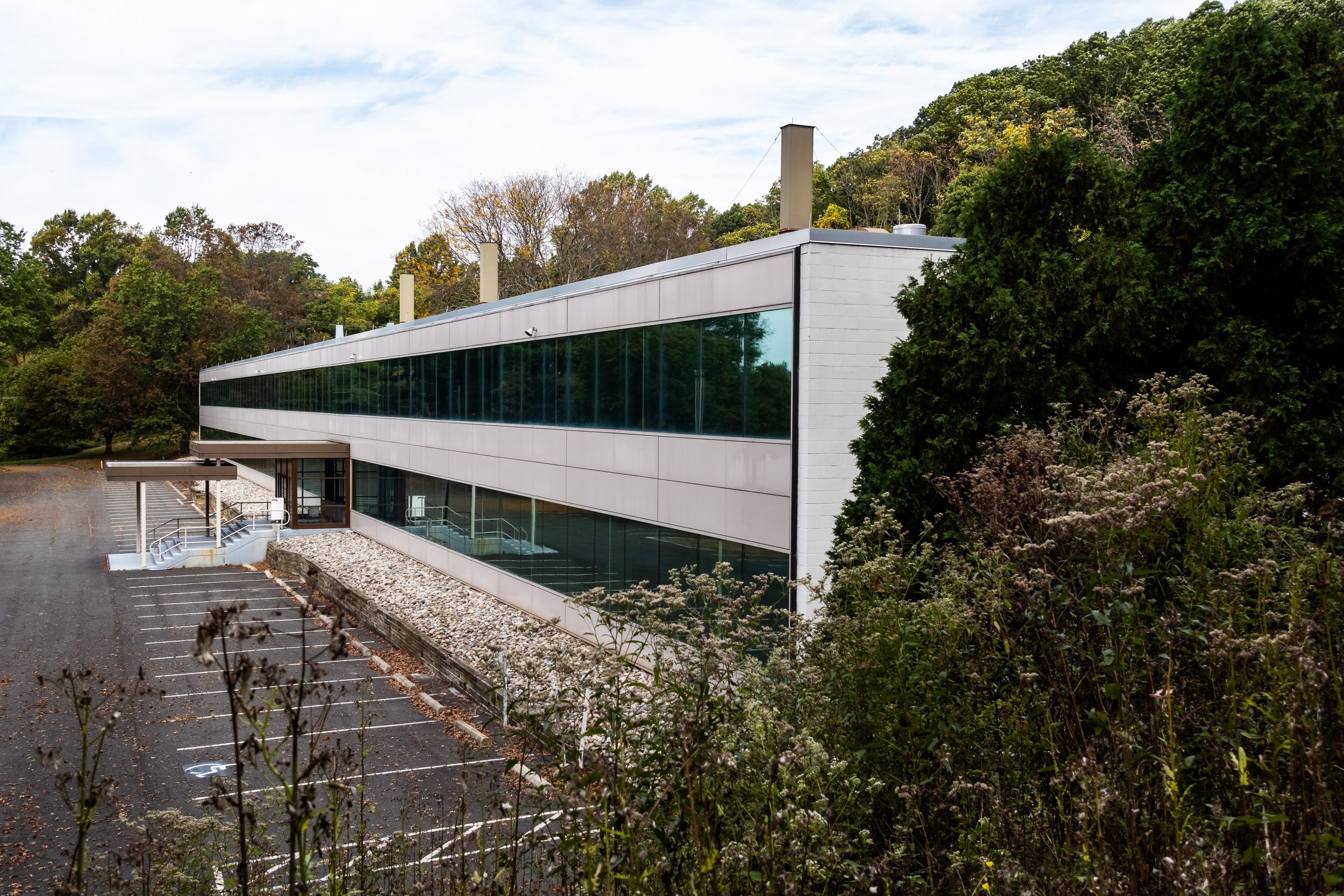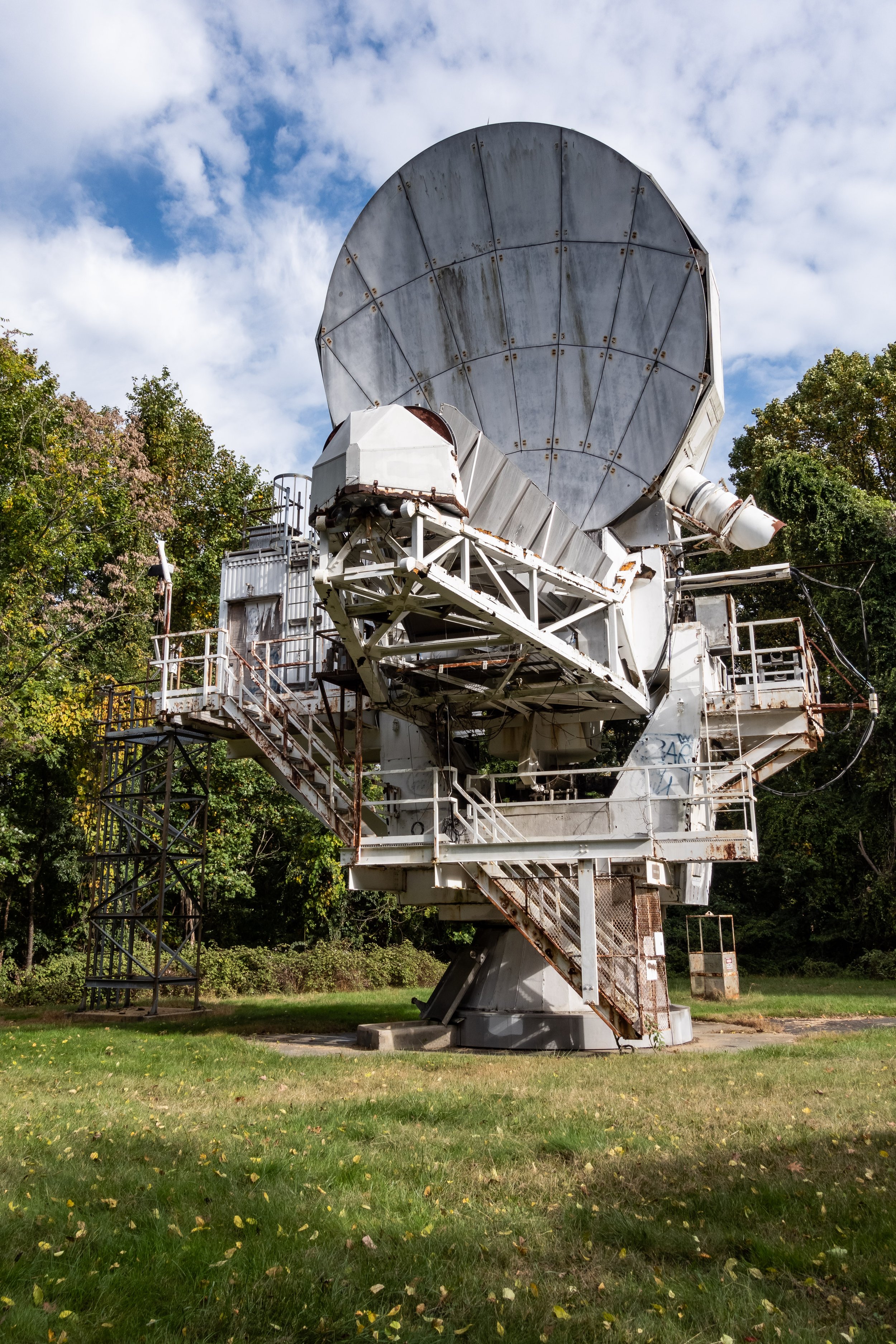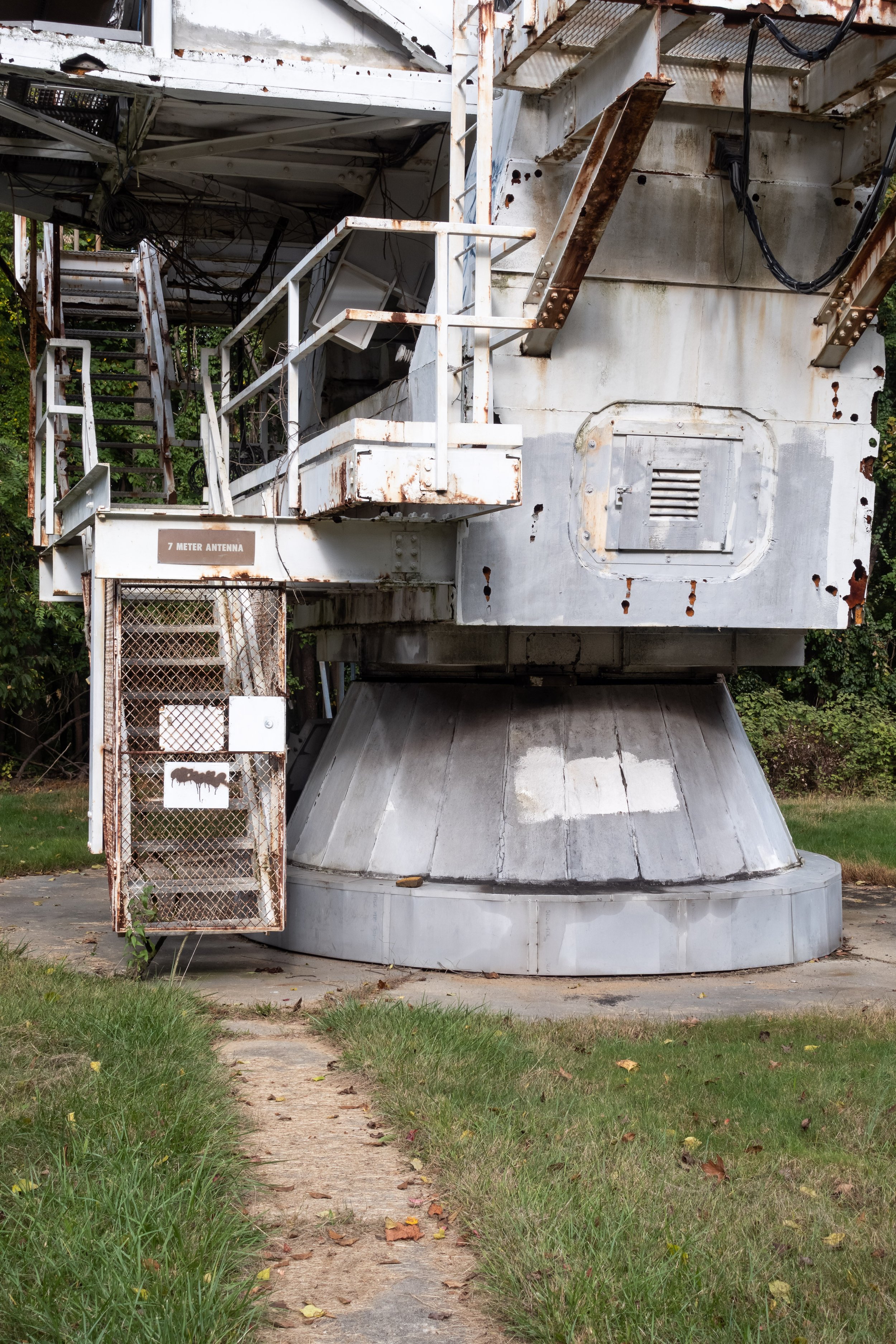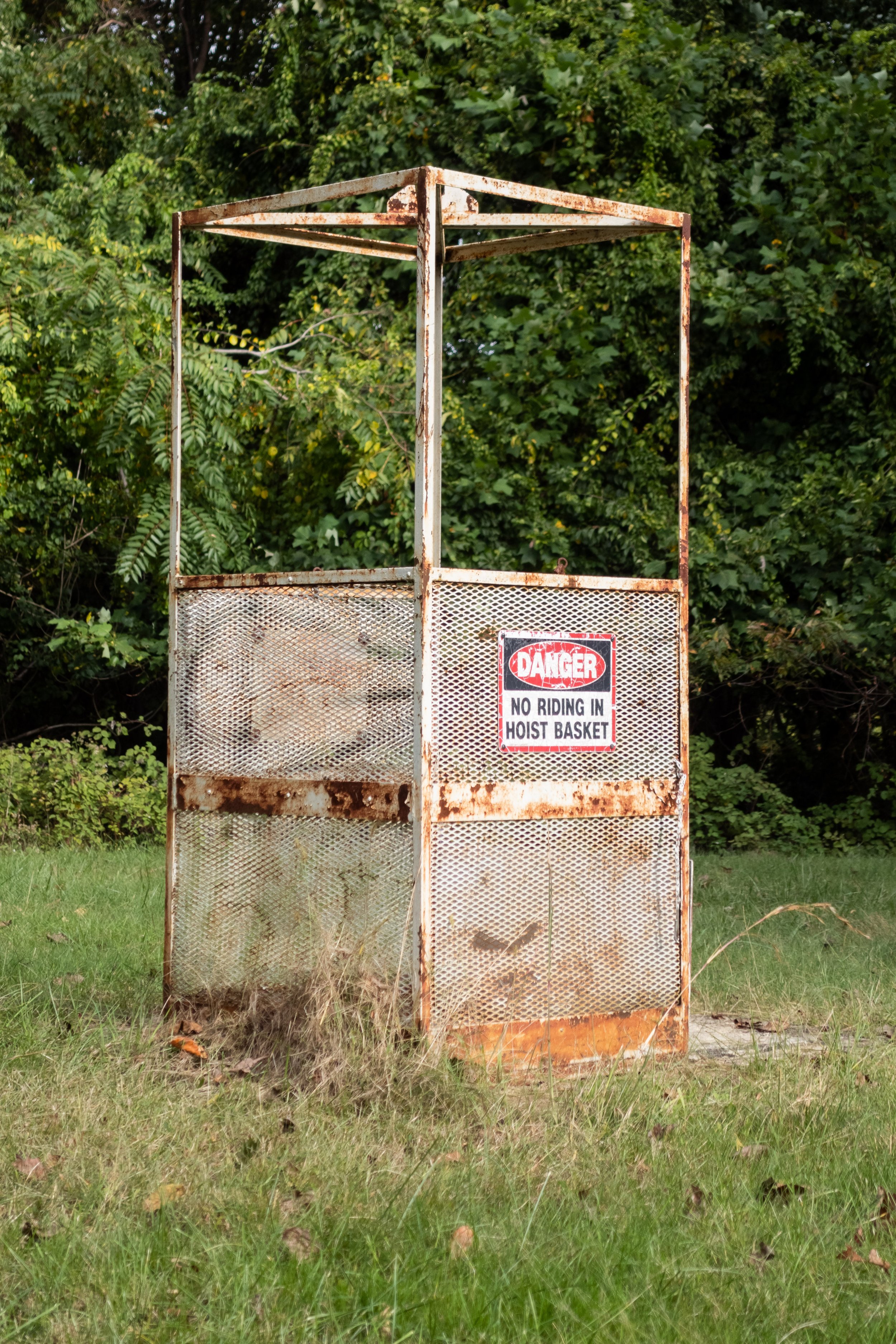One of the many upcoming projects I have planned is focused on documenting what still remains of the Marconi Wireless Telegraph Company’s network of telegraph receiver stations in the United States. During my research I uncovered numerous sites which remain in various states of preservation, stretching up the East Coast from New Jersey to Massachusetts. I was driving around Binghamton, NY while working on a different project about IBM Endicott when I came across a rusted tower with an NY State Historic Marker nestled under it. Not far from the Delaware, Lackawanna, & Western terminal, the marker reads “ERECTED NOVEMBER 1913 BY GUGLIELMO MARCONI TO TEST THE POSSIBILITY OF TRANSMITTED TELEGRAPHIC SIGNALS TO MOVING TRAINS ALONG THE LACKAWANNA RR”.
Patented by Marconi in 1900, wireless communication was still in it’s infancy in November 1912. Less than a year before Marconi’s experiment in Binghamton, Marconi Wireless Telegraph operators onboard the Titanic spent most of their time sending messages from the ship’s wealthy passengers back to shore as a novelty of sorts. The wireless telegraph later proved itself a lifesaving technology when the receiving station at South Wellfleet, MA relayed news of the Titanic’s sinking to RMS Carpathia, facilitating the rescue of survivors left stranded in the Atlantic.
Marconi built two sets of towers in 1913 to test the feasibility of receiving wireless telegraph messages at high speeds. Until this point, the radio telegraph had been used to communicate with ships across great distances, but never something like a train. On November 27, 1913, a 350 word message was successfully transmitted to a Delaware, Lackawanna, & Western railroad train traveling 60 mph using the two test stations in Binghamton and Scranton, PA.
While the experiment was a success, the system Marconi envisioned never came to fruition. Fixed stations were to be spaced every 50 miles along the track to combat poor reception onboard trains, thus incurring prohibitively high infrastructure costs. The railroad would completely replace Marconi’s equipment with radio telephony transmission towers in Hoboken and Buffalo, establishing their system in 1914. While almost all evidence of this experiment is long gone, the rusted remains of one tower that once supported the 150 foot aerial needed to conduct Marconi’s experiment still stands today in Binghamton.







